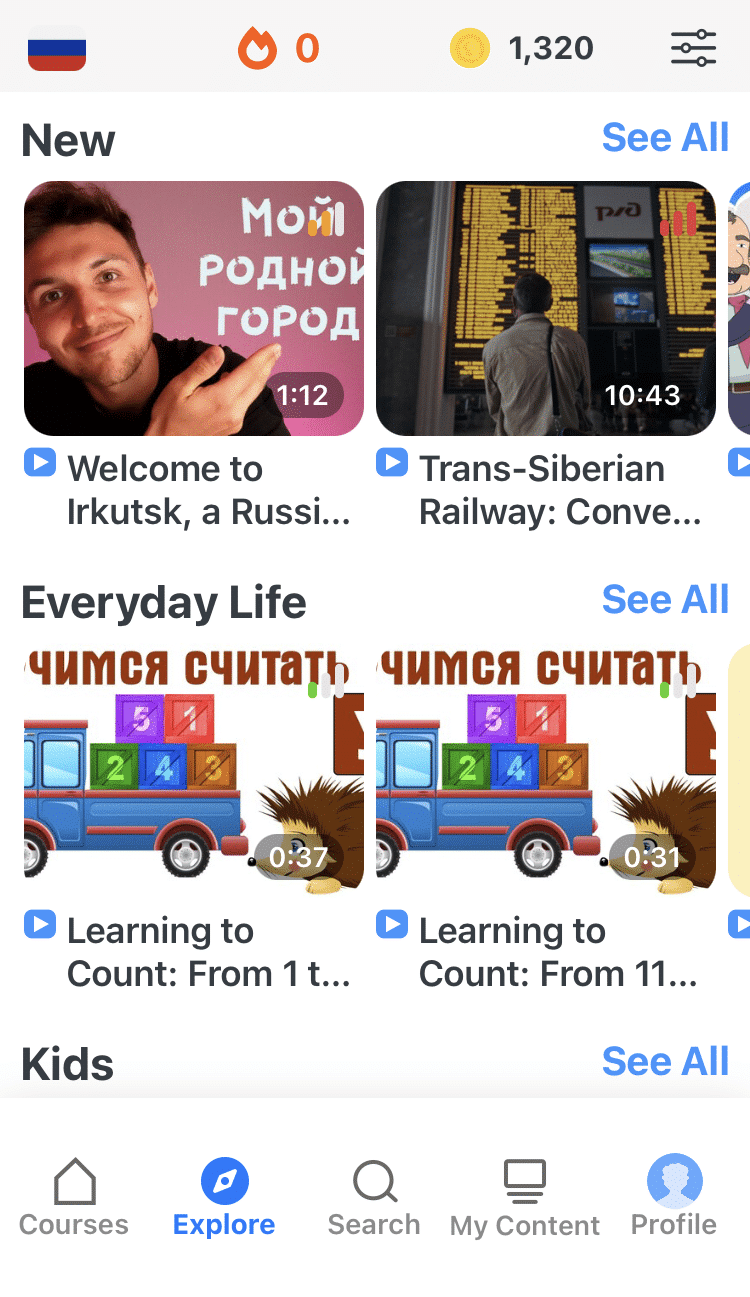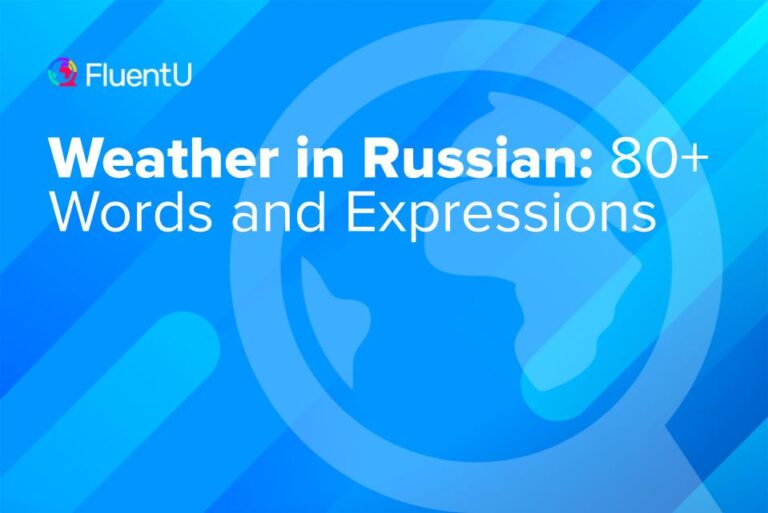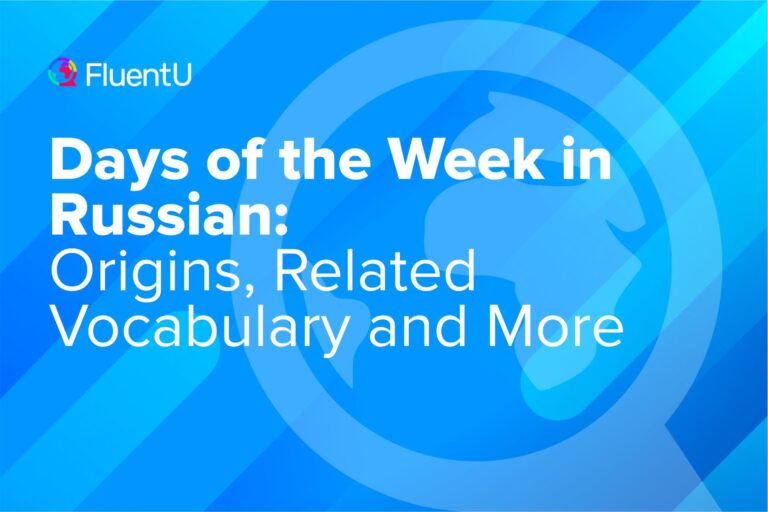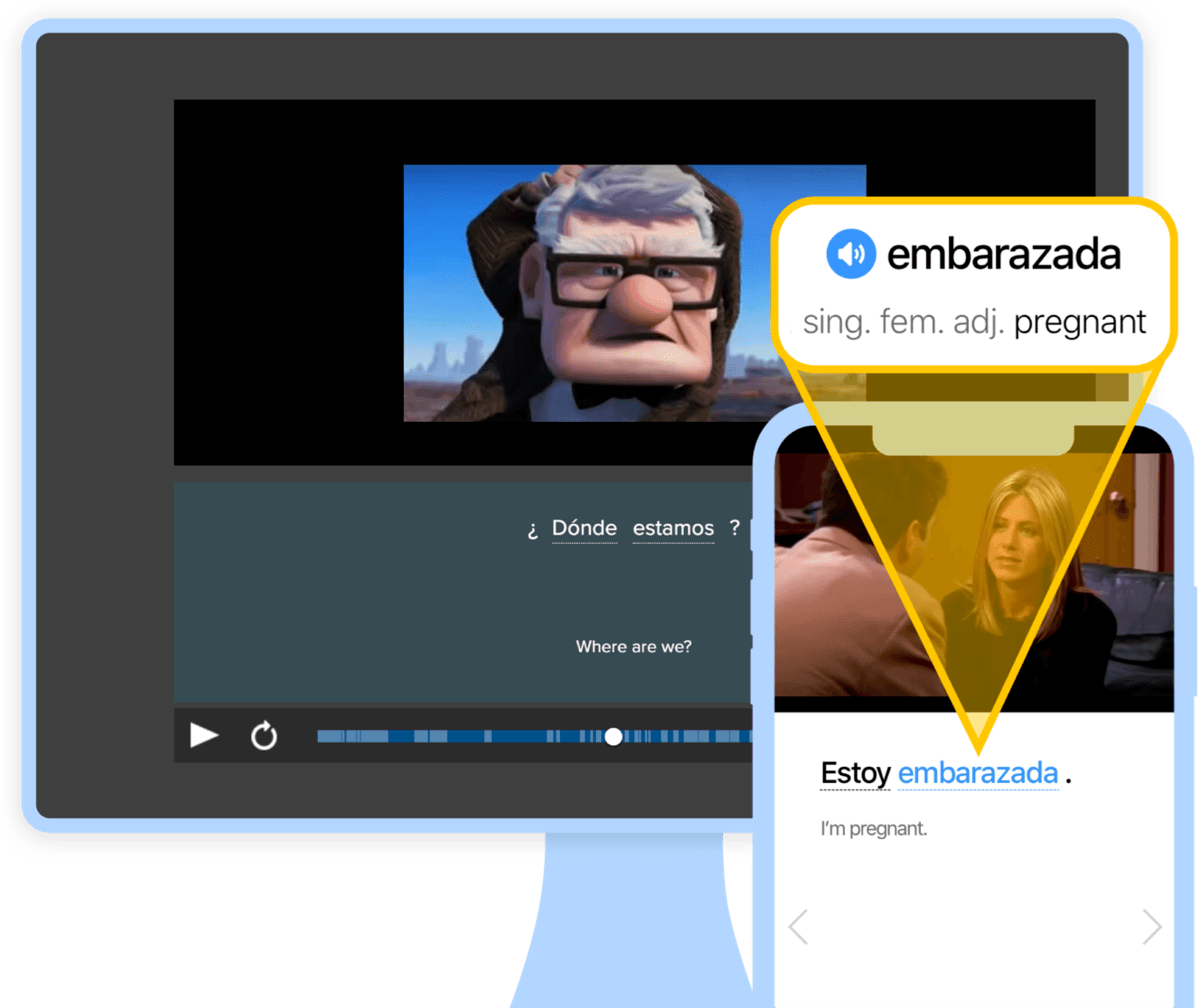64 Body Parts in Russian
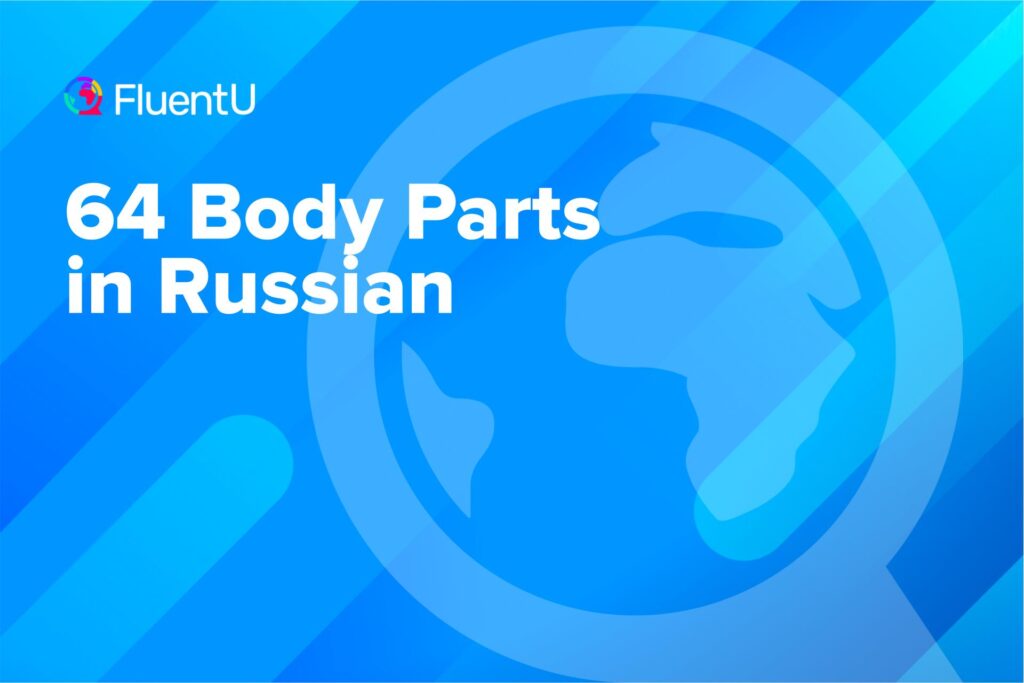
From our ailments to shopping sprees, we talk about our body parts all the time, so it’d make sense to learn them as a Russian learner. To make sure fully prepared for all types of interactions, check out the guide below.
The article will help you master body parts in Russian from the tippy top of your head down to your pinky toes, so you can point out your ouches to a doctor and carry out casual conversations.
Download: This blog post is available as a convenient and portable PDF that you can take anywhere. Click here to get a copy. (Download)
Head and Face in Russian
- голова (head)
- волосы
(hair)
Hair in Russian is a plural masculine noun. The singular form is applicable only when talking about an individual strand of hair.
- лоб (forehead)
- затылок (back of the head)
- макушка (crown of the head)
- лицо (face)
- глаз (eye)
- бровь (eyebrow, feminine)
- веко (eyelid)
- ресницы
(eyelashes)
This is a plural feminine noun. Just as with hair, the singular form is rarely used.
- нос (nose)
- рот (mouth)
- горло (throat)
- шея (neck)
- щека (cheek)
- борода (beard)
- усы
(mustache)
This is a plural masculine noun. The singular form has a few specialized uses not related to the human body.
Upper Body in Russian
- спина (back)
- плечо (shoulder)
- подмышка (armpit)
- грудь
(chest or breast, feminine)
There’s no distinction between chest and breast in Russian. In fact, the plural of breasts are still expressed by the singular грудь.
- живот (abdomen)
- пузо (belly, colloquial)
- пупок (navel or belly button)
- рука
(arm or hand)
In everyday Russian, you don’t differentiate between hand and arm. There’s a word construct made specifically for the hand— кисть руки (feminine)—but it’s not used beyond medical situations.
- локоть (elbow, masculine)
- запястье (wrist)
- ладонь (palm of the hand, feminine)
- палец (finger)
- указательный палец (pointer finger)
- средний палец (middle finger)
- безымянный палец (ring finger; lit. unnamed)
- мизинец (little finger; it’s the only finger name not including the word finger)
- большой палец (thumb; lit. the big finger)
Lower Body in Russian
- поясница (lower back)
- талия
(waist)
You wouldn’t use талия when talking about a man’s waist, or when describing a physical condition for either man or woman; in those instances, you’d use поясница.
- таз
(hips)
This is a singular noun that’s equivalent to the plural in English.
- ягодица (buttock)
- зад (butt)
- пах (groin)
- бедро (thigh)
- нога
(leg or foot)
In everyday Russian, you don’t differentiate between leg and foot. There’s a word that means foot expressly— ступня —that’s rarely heard in conversation.
- колено (knee)
- икра (calf)
- лодыжка
or щиколотка
(ankle)
Technically these are two connected but slightly different parts of human anatomy, but the words are used interchangeably in Russian.
- пятка (heel)
- палец ноги
(toe; lit. a finger of a foot)
Only большой палец and мизинец have their own monikers among the toes, but when you use them you’ll qualify that with на ноге (on a foot).
- ноготь
(fingernail or toenail, masculine)
When you need to distinguish talking about a toenail, you’ll add on “foot” or even on a “finger of a foot” after ноготь.
Internal Body Parts in Russian
- мозг (brain)
- лёгкие
(lungs)
This is a plural neuter noun that looks and behaves like an adjective. A singular form would only be featured in medical diagnosis.
- сердце (heart)
- кровь (blood, feminine)
- почка (kidney)
- печень (liver, feminine)
- мышца
(muscle)
When discussing physique, the plural masculine мускулы may also be used.
A Few Grammar Notes
Let’s briefly talk about gender in Russian. Every noun is either feminine, masculine or neuter. The ending of the word is usually the indicator.
- Nouns ending in a consonant are masculine. For instance, глаз (eye)
- Nouns ending in either –а or –я are feminine. As is the case with рука (hand)
- Nouns ending in either –о or –е are neuter. For example, колено (knee)
- Nouns that end in –ь could be either feminine or masculine, with no additional marker to set them apart. As you’ll see in локоть (elbow, masculine) and челюсть (jaw, feminine)
There are exceptions to the above rules, but none of them are relevant to body parts vocabulary.
Another important thing to remember is that articles as a part of speech don’t exist in Russian at all, so you don’t have to worry about using the correct one in front of a noun.
However, recognizing noun gender is still essential because adjectives have to agree in gender with the nouns they describe.
левый глаз (left eye)
левая рука (left hand)
левое колено (left knee)
Plural nouns are fortunately less demanding. All genders equally agree with a single plural adjective form, for instance, усталые (tired) eyes/hands/knees.
Possessive pronouns in the first and second person act in the same fashion as adjectives when it comes to gender agreement.
мой глаз (my eye)
моя рука (my hand)
моё колено (my knee)
Don’t worry if all this grammar is a bit overwhelming for you—the more you use it (and see it used), the more comfortable you’ll be with it. Make a point to think about noun gender when watching or listening to Russian content like TV shows or podcasts, or reading Russian texts.
If you want a little extra learning support, another way to practice would be to use a program like FluentU.
FluentU takes authentic videos—like music videos, movie trailers, news and inspiring talks—and turns them into personalized language learning lessons.
You can try FluentU for free for 2 weeks. Check out the website or download the iOS app or Android app.
P.S. Click here to take advantage of our current sale! (Expires at the end of this month.)
How to Say Something Hurts
The Russian verb for “hurts” is болит , and it’s the same for all genders. The plural form is болят .
You can express a painful condition by stating моё колено болит (my knee hurts), and although you’ll be understood, it’s not something used in everyday speech.
Instead, you should use the possessive construct у меня (it can’t be translated literally into English, but relays the meaning of “I have”), followed by болит and then the body part.
У меня болит колено. (My knee hurts.)
У меня болит рука. (My hand hurts.)
У меня болит спина. (I have back pain.)
Idioms Featuring Body Parts in Russian
Any informal conversation in Russian invariably draws on various idiomatic expressions, many of which involve body parts.
Some would be instantly recognizable by an English speaker if translated directly, yet many others will sound incomprehensible if you don’t understand the hidden meaning.
Let me stress that these are very informal.
For these expressions to work, there should be a significant level of familiarity and camaraderie between the speakers.
Не бери в голову!Literally, “don’t take [it] into [your] head.”
As you may guess, it more or less expresses a “don’t worry!” sentiment. Used only in the imperative, it implies that the person on the receiving end is agonizing over a trifle.
Вертится на языке.This is a very useful expression to indicate that you definitely know the subject, but cannot recall what it’s called. Literally, “spins on [my] tongue.”
От чистого сердца.This idiom translates to “from a pure heart.” This expression frequently accompanies a gift, an offer of assistance or sometimes a piece of advice. It states that the giver has only the best intentions and no ulterior motive.
У меня скоро живот лопнет!You can also interchangeably use желудок here. “My stomach is about to burst” is a playful way to indicate to your host that you cannot have any more of her delicious food.
Just make sure you look and sound sufficiently apologetic when saying that.
У меня глаза на лоб вылезли.Literally, “my eyes got out to the forehead.” This phrase describes the state of being stunned by what you saw.
Попал пальцем в небо.The English translation is “hit the sky with a finger.” It means that the other person just said something erroneous or made a wildly incorrect guess.
Oт макушки до пяток (from the crown of the head to the heels), these were the body parts in Russian for small talk, idioms and health!
So what are you waiting for? Let’s get learning!
And One More Thing...
If you're like me and love learning Russian through real-world content, FluentU is a game-changer. With FluentU, you're not just memorizing Russian words—you’re learning how native speakers actually use them.
With our newest feature, you can now bring FluentU’s interactive tools to any subtitled content on YouTube or Netflix—or even import YouTube videos directly into your FluentU account!
You’ll also get access to a huge variety of Russian content in our curated video library, from movie trailers to news clips, music videos, and more. The best part? FluentU makes this native-language content accessible for learners of all levels.
While you watch, you can tap on any word in the interactive subtitles to see a definition, an image, audio, and useful example sentences. Want to practice new words later? Add them to your flashcards with one click. No more pausing to look up new words!
And FluentU helps you actually remember what you learn with personalized quizzes, plenty of example sentences, and extra practice with the words you find difficult.
Ready to start learning Russian in a more natural, immersive way? Try FluentU on your computer or tablet, or download the FluentU app from the App Store or Google Play. Click here to take advantage of our current sale! (Expires at the end of this month.)







